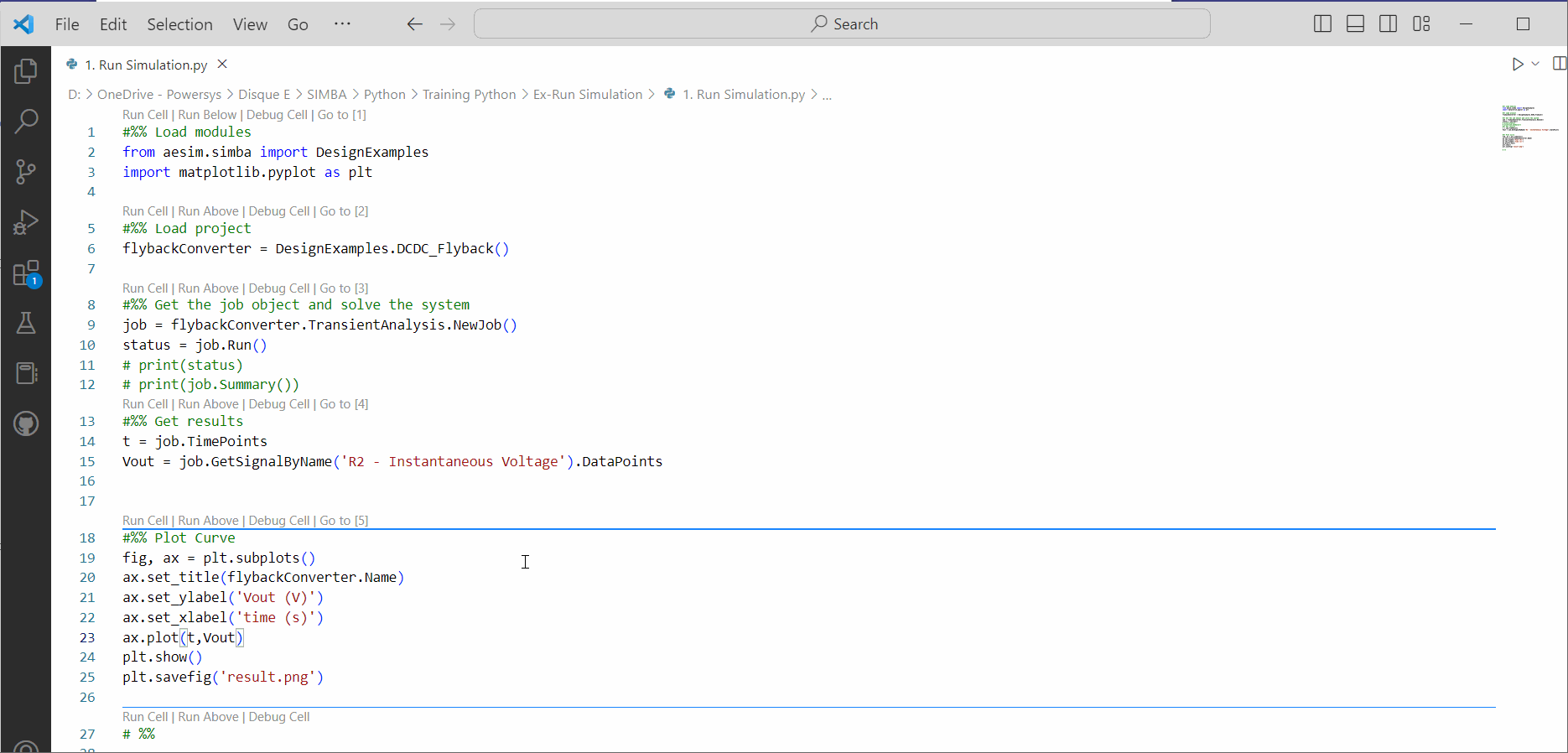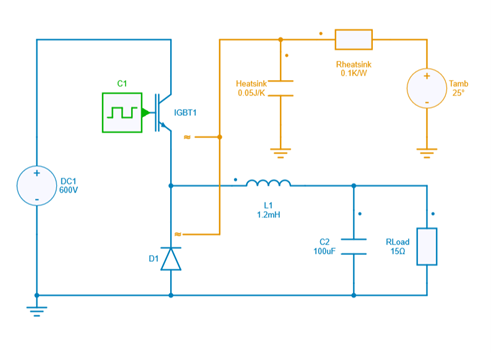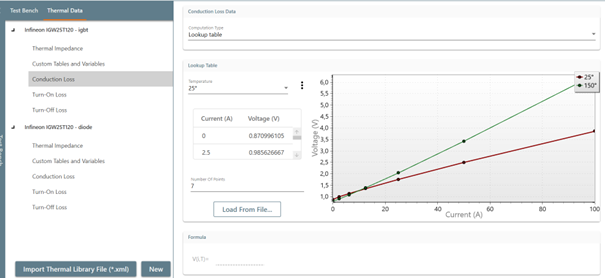SIMBA is a new generation of power electronics simulation software which will help power electronics engineers to design power converters fast without compromising on the accuracy.
SIMBA has been developed to minimize the engineering time to design high-performance power electronics converters. The main focus have been done on:
The SIMBA Python module facilitates the design of power converters, from circuit creation to simulation and post-processing. Python's syntax is user-friendly, making it simple to use this module, even without prior Python experience.

Improve your workflow productivity
With Python's scientific computing, control, and machine learning modules, the SIMBA Python module enhances workflow productivity.
Create and modify Circuits
Circuit creation and modification are simplified using a few command lines, which allow the addition, placement, and connection of components.
Run transient, steady-state or AC analysis
The module enables the performance of various circuit analyses, including transient, steady-state, and AC analysis, providing respectively access to transient or steady-state waveforms, transfer functions and impedances.
Parametric Analysis
The SIMBA Python module allows for parametric analysis using basic Python functions, such as the "FOR" loop. It's incredibly easy to perform a parametric variation and observe how different parameters influence the simulation.
Overall, the SIMBA Python module is an excellent tool for users seeking to enhance their workflow productivity, regardless of their level of Python experience.
The use of digital control algorithms can be validated by any user, and the C block can be particularly useful for this purpose. By providing a flexible and time-saving solution for analyzing systems in the z-domain, the C block can be used for digital control purposes.

DC-DC Buck Converter with C block control

SIMBA's Digital Control library enables the implementation of digital control algorithms, making it easy to check the performance and stability of a digital control loop.
The digital delay and quantization effects on a control algorithm can be easily tested and observed in a simulation environment, allowing users to debug and troubleshoot more efficiently. Additionally, the "Sampling Time" option available in all control models empowers designers to select the sampling frequency they prefer.
For instance, in power supply and motor drive applications, microcontrollers/DSPs are increasingly being used for converter control, which requires the implementation of control algorithms in the discrete time z-domain.
The Thermal functionality in SIMBA enables the rapid estimation of conduction and switching losses of semiconductor devices such as diodes, IGBTs, and MOSFETs, as well as temperature and heat measurement.

Thermal analysis of a buck converter
Importing XML files provided by semiconductor manufacturers is mandatory for calculating the losses accurately.

Thermal datas imported
The Thermal functionality has a significant advantage in that it enables users to compare different operating conditions or devices from various manufacturers with higher accuracy. This feature makes it easier for users to select the appropriate device for testing purposes.